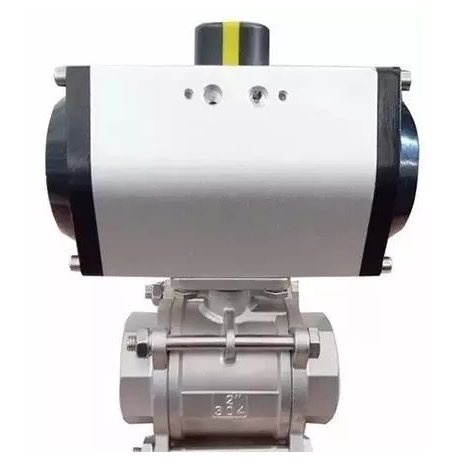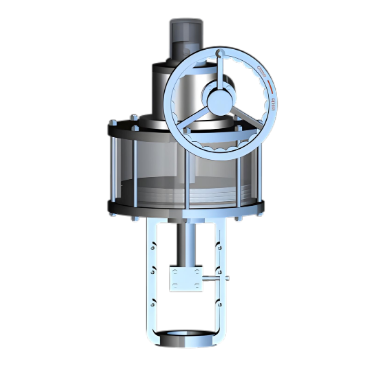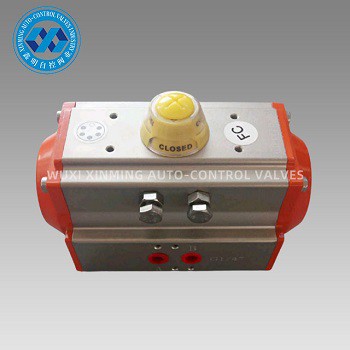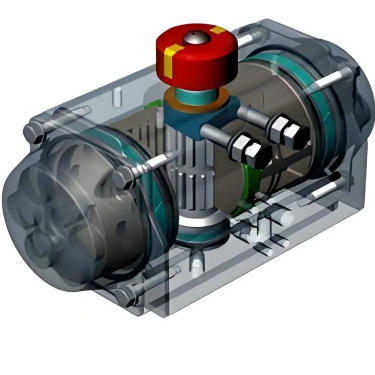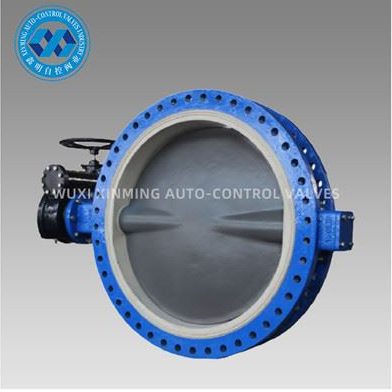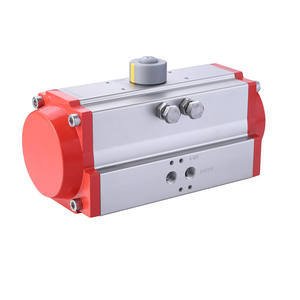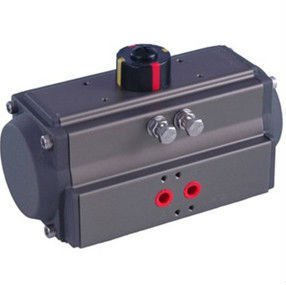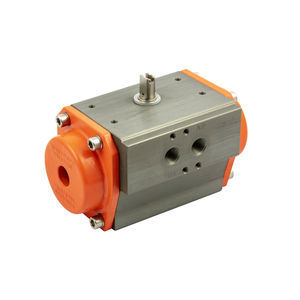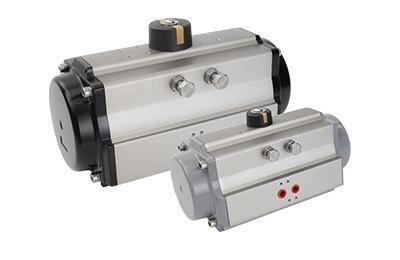The working principle of a rotary pneumatic
actuator significantly affects its performance and functionality.
Most rotary pneumatic actuators operate
based on the conversion of pneumatic energy into mechanical rotational motion.
Compressed air enters the actuator through an inlet port. In a vane - type
actuator, for example, the air pressure acts on the vanes, causing the rotor to
rotate. This design allows for smooth and precise rotation, making it suitable
for applications requiring accurate positioning.
In a rack - and - pinion type actuator, the
compressed air drives a piston that moves a rack, which in turn rotates a
pinion gear. This principle enables high - torque output, making it ideal for
applications where significant force is needed, such as in heavy - duty
industrial machinery.
The working principle also determines the
actuator's response time. Since pneumatic systems rely on the flow of air, the
speed at which the actuator can start, stop, and change direction is affected
by the air supply pressure and the size of the air passages. A well - designed
actuator based on its working principle will have efficient air distribution,
minimizing energy loss and ensuring reliable and consistent operation.
If you want to learn more about low-priced products, please visit the following website: www.xm-valveactuator.com


